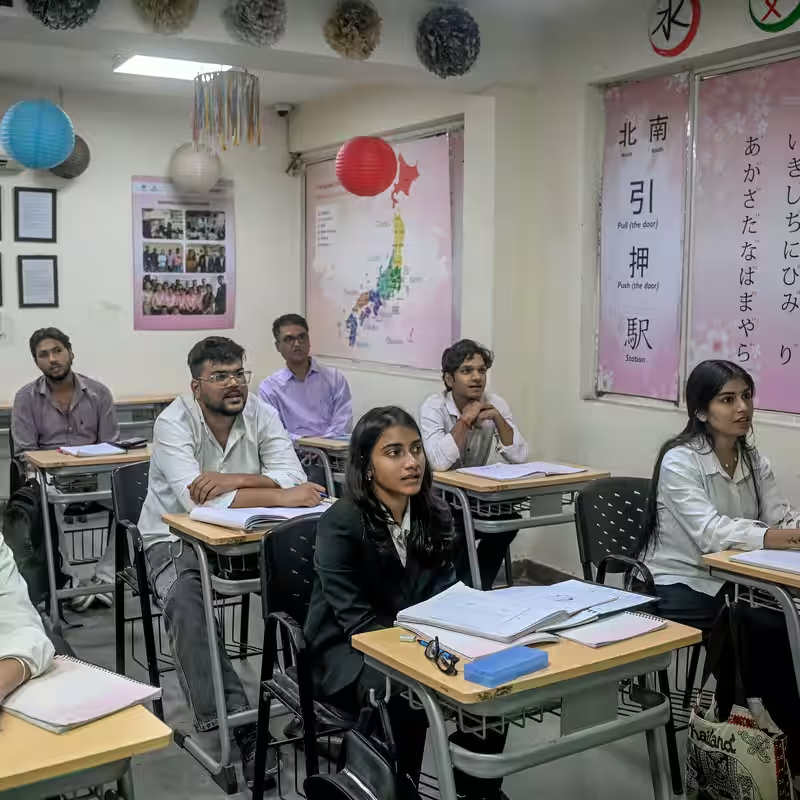Table of Contents
- India’s Labor Export Strategy Takes Shape
- Why Now? Demographics Meet Global Demand
- Germany, Japan, and Beyond: Where Indian Workers Are Headed
- Barriers to Mobility: Immigration Backlash and Worker Rights
- What This Means for India’s Economy
- Sources
India’s Labor Export: A National Priority
In a bold economic pivot, India is positioning its massive workforce as its most valuable export—shipping tens of millions of young, able-bodied workers to aging nations desperate for labor. This strategy, known as labor mobility, aims to solve two problems at once: domestic unemployment and global labor shortages .
With over 65% of its 1.4 billion population under the age of 35, India faces a daunting challenge: creating enough jobs at home. Meanwhile, countries like Germany and Japan are grappling with shrinking workforces due to low birth rates and aging populations. The solution? Connect the surplus with the shortfall—on an unprecedented scale.
Why Now? Demographics Meet Global Demand
India adds nearly 12 million new job seekers every year—but formal employment growth lags far behind. At the same time, Japan’s working-age population is projected to drop by 25% by 2040, and Germany could face a shortfall of 7 million workers by 2035 .
“This isn’t just migration—it’s strategic workforce deployment,” said a senior official from India’s Ministry of External Affairs, speaking on background. “We’re building bilateral frameworks that protect workers while meeting host countries’ needs.”
Key Stats: India’s Labor Export Potential
| Metric | Figure |
|---|---|
| Working-age population (India) | ~900 million |
| Annual new job seekers | 10–12 million |
| Projected Indian workers abroad by 2035 | 30–40 million |
| Current Indian diaspora | ~18 million |
Target Countries: Germany, Japan Lead the Charge
India’s labor mobility push is already yielding results:
- Germany: Fast-tracking visas for Indian nurses, engineers, and IT specialists under a new “Skilled Workers Immigration Act”.
- Japan: Relaxing strict immigration rules to accept more Indian caregivers and factory technicians through government-backed training pipelines.
- UAE & Gulf States: Expanding blue-collar recruitment beyond construction into logistics and renewable energy sectors.
Crucially, these aren’t just temporary gigs. New bilateral agreements emphasize legal protections, social integration, and—critically—return pathways so workers aren’t stranded abroad.
Challenges: Immigration Backlash and Worker Exploitation Risks
Despite the mutual benefits, the plan faces headwinds. Rising anti-immigrant sentiment in Europe and Japan could stall progress. “You can’t ignore the political reality,” said Dr. Meera Nair, a labor economist at Delhi School of Economics. “Host countries want workers—but not necessarily neighbors.”
India is responding with “ethical recruitment” standards and digital platforms to track worker placements in real time. The government is also investing in pre-departure training—language, cultural orientation, and legal rights—to reduce vulnerability.
Economic Impact: Remittances and Skill Building
For India, this strategy isn’t just about offloading unemployment. It’s a development engine:
- Remittances: Already the world’s top recipient ($125 billion in 2024), India expects this to surge past $200 billion by 2030.
- Skills transfer: Returning workers bring back technical expertise and global experience.
- Diplomatic leverage: Labor partnerships deepen ties with strategic allies like Germany and Japan.
“This is India’s demographic dividend turned into a global asset,” said business analyst Rajiv Mehta. “If managed well, it could reshape our economy for decades.”




